Current saffron price per pound ranges from $3,000 to $6,000+ in 2025, depending on grade and origin. This guide explains why saffron costs so much, how to buy authentic saffron, and how to use it effectively in cooking. Whether you're a home cook or professional chef, understanding saffron pricing helps you make smart purchasing decisions.
Table of Contents
- What Exactly Is Saffron?
- Why Is Saffron So Expensive?
- How Much Does Saffron Cost Per Pound?
- Saffron Buying Guide: How to Choose Quality Threads
- How to Use Saffron in Cooking
- Storing Saffron Like a Pro
- Frequently Asked Questions About Saffron
- Conclusion
What Exactly Is Saffron?
Saffron is derived from the dried stigmas of the Crocus sativus flower — commonly known as the saffron crocus. Each bloom yields only three delicate red stigmas, which must be handpicked with extreme care during a short annual harvest window. After harvesting, these threads are carefully dried to preserve their color, aroma, and potency.
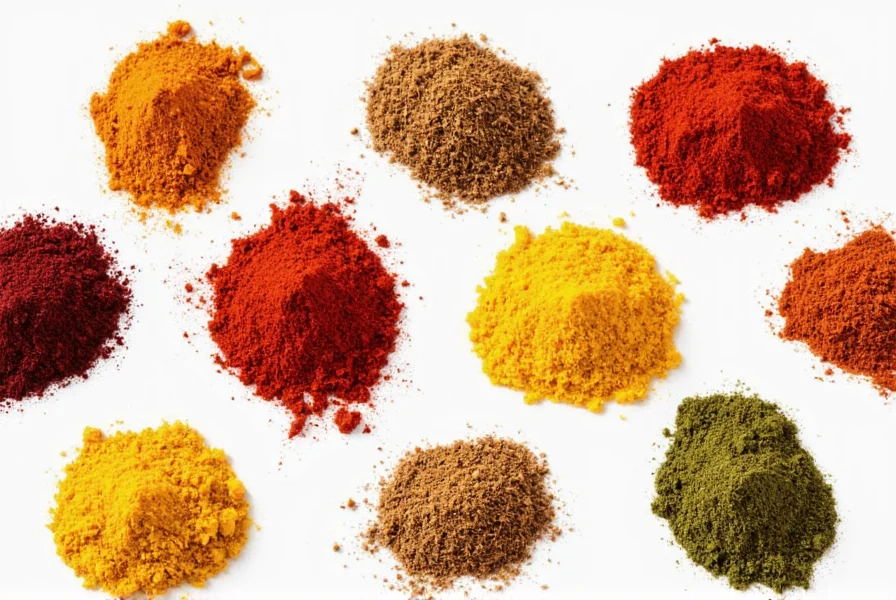
Known as "red gold" due to its deep orange-red hue and high value, saffron has been used for centuries not only in cooking but also in traditional medicine, perfumery, and religious rituals across cultures. From Persian rice dishes to Spanish paella, saffron adds a distinct earthy sweetness and vibrant color that elevate any dish.
Why Is Saffron So Expensive?
Now let's dive into the big question: Why does saffron cost so much per pound?
- Labor-Intensive Harvest: As mentioned earlier, each flower produces only three stigma threads. These must be picked by hand, often in early morning light when the flowers are still closed. It takes about 75,000 blossoms — roughly a football field's worth of crocus plants — to yield just one pound of dried saffron.
- Short Growing Season: Saffron crocus blooms once a year, typically in the fall, and the harvest window is only a few weeks long. This limited availability creates supply constraints.
- Delicate Handling: After picking, the stigmas need immediate drying under controlled conditions to prevent spoilage. Mishandling at any stage can degrade quality significantly.
- Global Demand vs. Limited Supply: Countries like Iran, India, Spain, and Greece produce most of the world's saffron. However, production varies yearly based on weather, labor availability, and geopolitical factors.
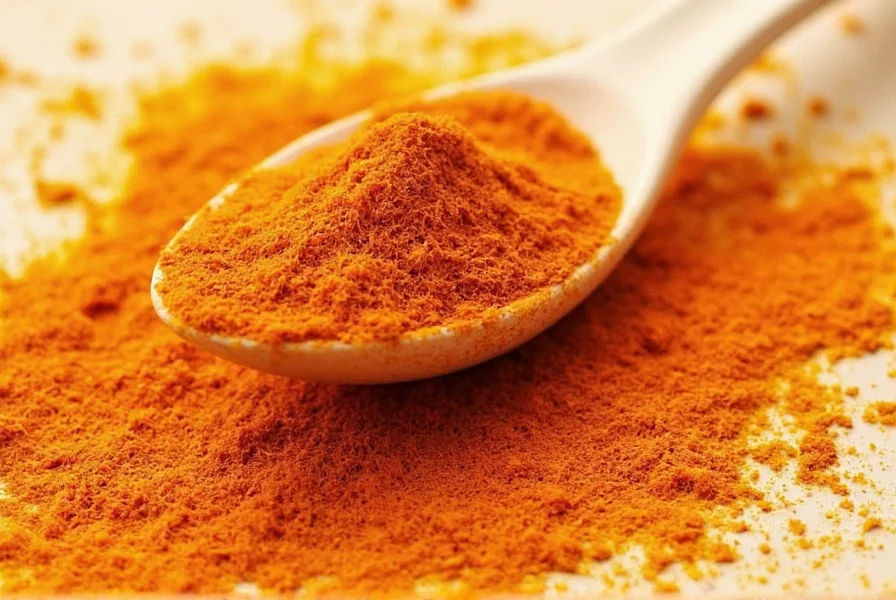
How Much Does Saffron Cost Per Pound?
The price of saffron per pound fluctuates depending on several factors, including origin, grade, purity, and whether it's sold whole threads or powdered. Below is a rough breakdown of current market prices (as of 2023–2024):
| Type | Average Price per Pound | Notes |
|---|---|---|
| Grade I (Superior/Premium) | $3,000–$5,000 | Long, deep red threads with no yellow style left |
| Grade II (Medium Grade) | $1,500–$2,500 | May contain some yellow style; less intense aroma |
| Powdered Saffron | $800–$1,500 | Often mixed with other substances; harder to verify authenticity |
| Organic Saffron | $4,000–$6,000+ | From certified organic farms; highly sought after |
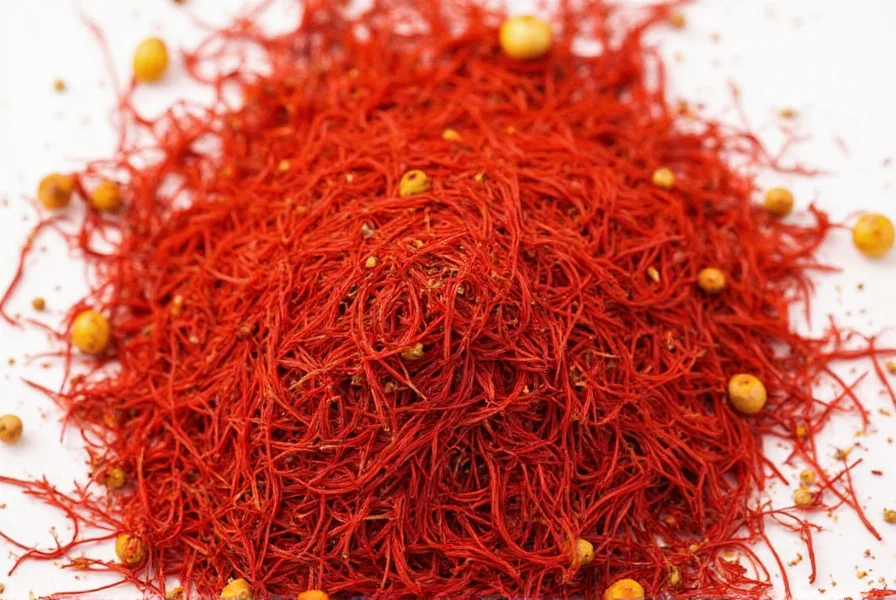
In retail markets or gourmet stores, you'll rarely find saffron sold by the pound unless you're buying in bulk for commercial use. Most consumers purchase it in small quantities — grams rather than pounds — simply because of how potent it is. For example, one ounce (1/16 of a pound) typically costs between $187.50 and $375, depending on grade, making it more practical for home cooks.
Saffron Buying Guide: How to Choose Quality Threads
If you're ready to invest in saffron, whether for personal use or culinary business purposes, knowing what to look for is key. Here's a quick guide to help you spot high-quality saffron:
1. Look for Whole Threads
Whole saffron threads are superior to powdered versions. Powder is more prone to adulteration with fillers like turmeric or beetroot powder. Plus, threads allow you to visually inspect the color and integrity of the strands.
2. Check the Color
True saffron threads should be a rich crimson-red to dark orange-red. Avoid anything that looks too pale or too orange-yellow. Those are likely to be lower quality or counterfeit.
3. Smell Matters
Fresh saffron has a strong, hay-like, slightly sweet aroma. If it smells musty, weak, or chemically, it may be old or low-grade.
4. Be Wary of "Deals"
If you see saffron priced way below market rates, especially in large quantities, be skeptical. Authentic saffron is rare and expensive — there's no such thing as a bargain here without compromise.
5. Buy From Reputable Sources
Purchase from certified producers or sellers who provide clear information about origin, processing methods, and testing if available. For professionals, direct sourcing from saffron-growing regions may offer better value. Always verify the seller's reputation through third-party reviews or industry certifications.
6. Certification Can Help
Look for ISO certification or country-specific labels like Spanish PDO (Protected Designation of Origin) or Iranian "Super Negin" classification. These ensure authenticity and quality standards.
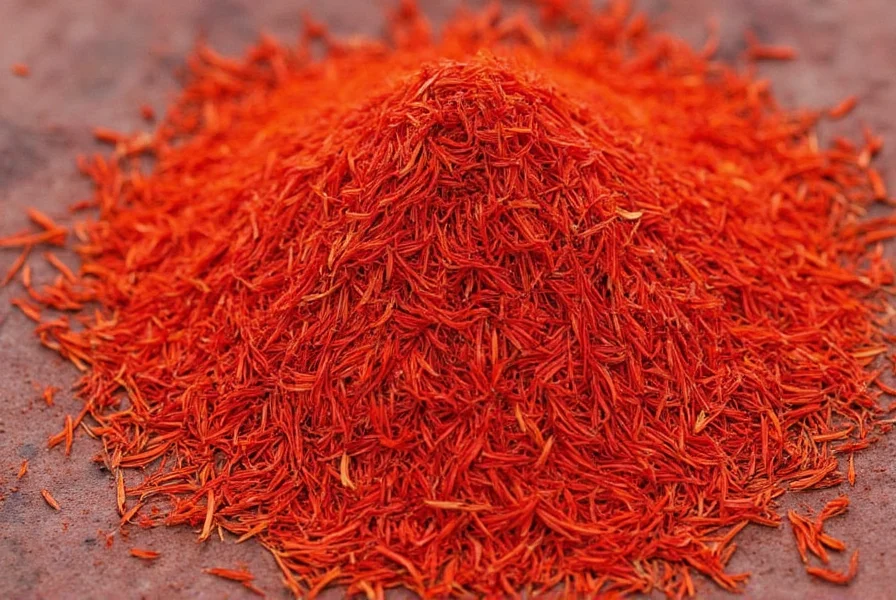
How to Use Saffron in Cooking
Saffron's flavor and color are best unlocked when steeped in warm liquid before being added to a recipe. Here are some pro tips for maximizing its impact:
Soak Before Use
Use warm water, broth, or even milk to steep saffron threads for at least 20 minutes. This releases the full aroma and deepens the golden hue in your dishes.
A Little Goes a Long Way
Only a pinch of saffron is needed per serving. Overusing it can lead to a bitter taste and unnecessary expense. For most recipes, 0.01–0.0125 grams (about 20–30 threads) is sufficient.
Ideal Pairings
Saffron shines alongside seafood, chicken, rice, eggs, dairy, and creamy sauces. Try it in:
- Risotto alla Milanese
- Paella Valenciana
- Biryani
- Kheer or saffron-infused lassi
Don't Cook Directly
Never throw saffron directly into boiling liquids or dry heat. Always steep it first to avoid burning the delicate compounds responsible for its fragrance and flavor.
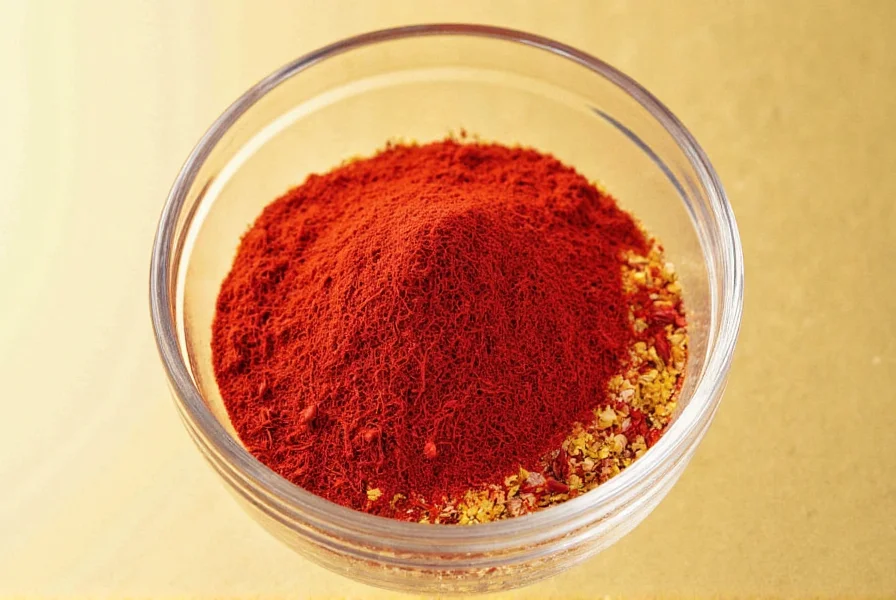
Storing Saffron Like a Pro
Proper storage is crucial to maintaining saffron's quality and potency. Here's how to store it effectively:
- Airtight Container: Store saffron threads in a sealed glass vial or tin to prevent exposure to moisture and air.
- Cool & Dark Place: Keep it away from sunlight and heat. A pantry or cupboard works well.
- Avoid Humidity: Do not store near the stove or in the fridge. Moisture ruins saffron quickly.
- Label & Date: Mark the date of purchase. Saffron lasts up to two years when stored properly, but its potency diminishes over time.
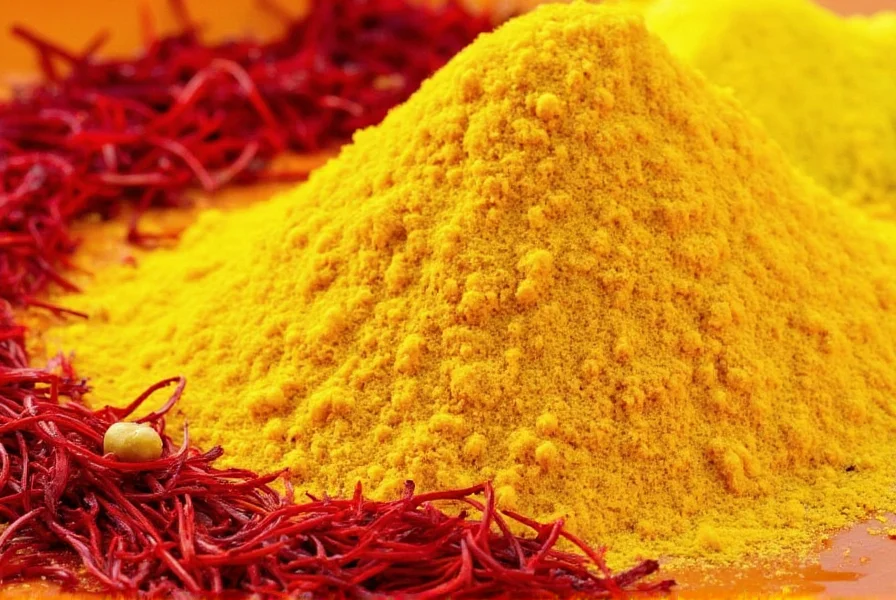
Frequently Asked Questions About Saffron
Why does saffron cost so much per pound?
Saffron's high price per pound stems from its extremely labor-intensive harvesting process. It takes approximately 75,000 crocus flowers (occupying about a football field of land) to produce just one pound of dried saffron. Each flower yields only three delicate stigmas that must be hand-picked during a short harvest window, then carefully dried. This intensive process, combined with limited global production and high demand, creates the premium price.
How many servings can I get from one pound of saffron?
One pound of saffron may sound like a lot, but because saffron is so potent, it yields an enormous number of servings. Professional chefs estimate that 1 pound of saffron can produce approximately 32,000-40,000 servings (using the standard culinary measurement of 0.01-0.0125 grams per serving). For home cooks, a single ounce (1/16 of a pound) typically lasts years.
Is saffron worth its high price?
For those seeking authentic flavor and visual appeal, yes. While the upfront cost seems high, when calculated per serving, saffron is quite economical. A single pound costing $5,000 translates to just 12-15 cents per serving. This makes it a worthwhile investment for special dishes where its unique flavor and color are essential.
How do I know if my saffron is real?
Dip a few threads in warm water. Genuine saffron will gradually release a golden-yellow hue and have a floral, earthy scent. Fake saffron (like corn silk or dyed threads) will bleed instantly or smell artificial. For commercial buyers purchasing by the pound, request certification documents and consider third-party testing for authenticity.
Why is saffron typically discussed in price per pound when we use it in such small quantities?
While consumers typically buy saffron in small quantities (grams or ounces), the pound is the standard wholesale unit in the spice industry. Commercial buyers (restaurants, food manufacturers) purchase saffron by the pound, and global commodity markets track saffron prices per pound. Understanding the per-pound price helps consumers appreciate the true value when broken down to per-use cost.
Where is the best value saffron per pound grown?
Iran produces over 90% of global saffron and generally offers the best value per pound for high-quality grades (like Super Negin). Kashmiri saffron from India commands premium prices due to its exceptional quality but may offer better value for small-scale culinary use. Spanish saffron, while often more expensive per pound, comes with strict quality certifications that ensure authenticity.
Conclusion
Saffron per pound may sound astronomical, but when broken down into usage, it's a worthwhile splurge for the right occasion. Understanding the nuances of pricing, grading, and handling helps ensure you get the most value for your money. Whether you're using it to enhance a holiday feast or experimenting with new global flavors, saffron is a spice that demands respect — and rewards it generously.
Next time you hold that tiny jar of crimson threads, remember: you're holding more than just spice. You're holding centuries of tradition, meticulous craftsmanship, and culinary magic. Now go forth and saffronize your life!
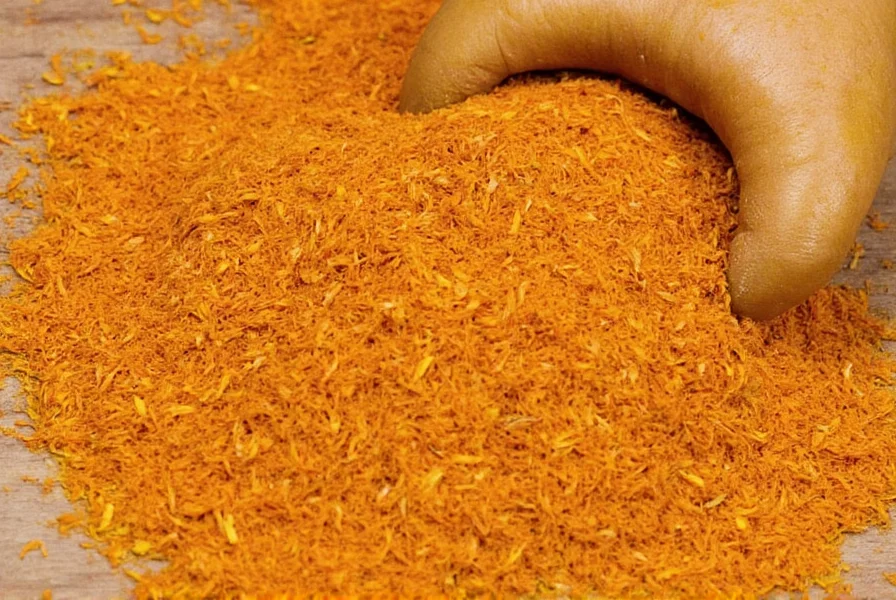











 浙公网安备
33010002000092号
浙公网安备
33010002000092号 浙B2-20120091-4
浙B2-20120091-4